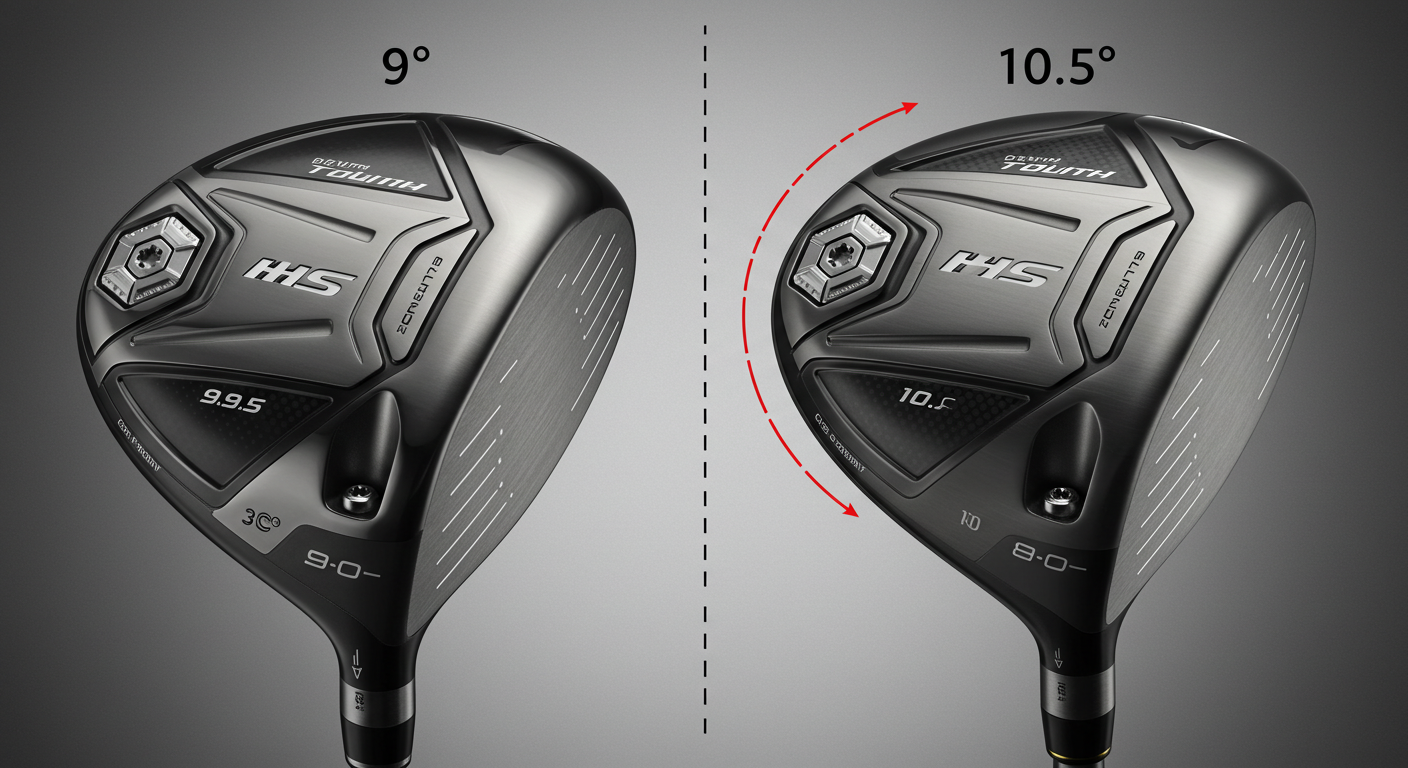When you’re shopping for a golf driver lofts, one of the big decisions you’ll face is picking the right loft. Two of the most popular options are the 9-degree driver and the 10.5-degree driver. But what is the difference between a 9 and 10.5 driver? And more importantly, which one is best for you? Do not worry—I’ll explain it in a simple, easy-to-understand way so you can feel confident on the course!
Whether you are a beginner learning to swing or a pro golfer improving your game, knowing how driver loft affects your shots is important. In this guide, we will look at what these numbers mean. We will also see how they affect your distance and accuracy. Finally, we will discuss who each loft is best for. Let’s dive in and figure out which driver will help you crush those tee shots!
What Is a Driver Loft Anyway?
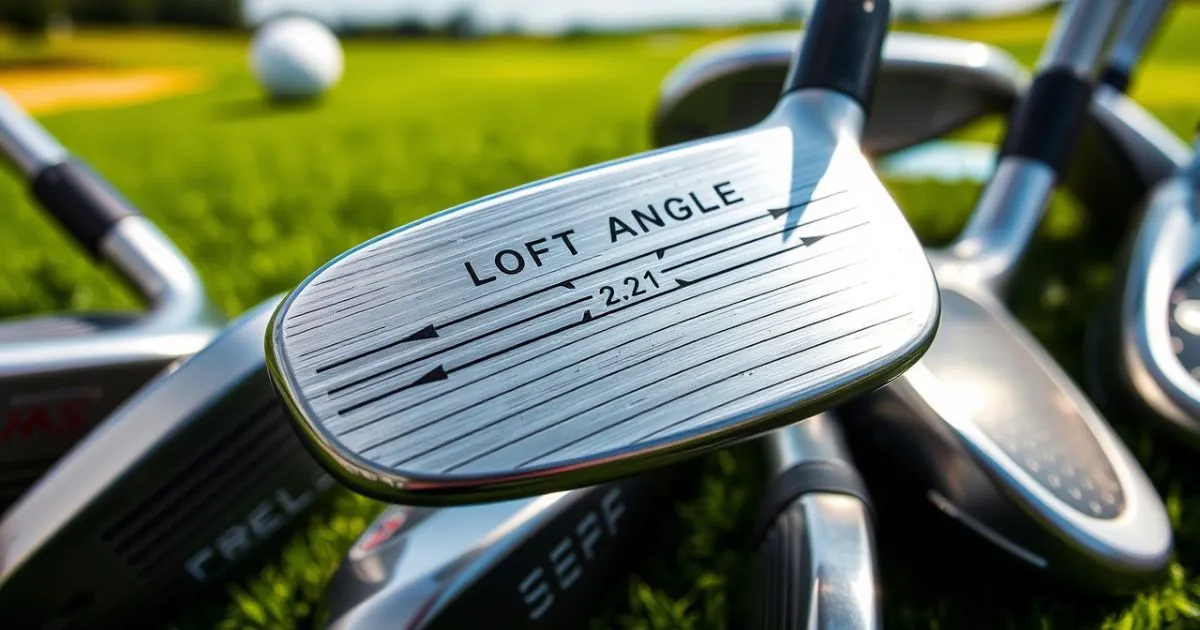
Before we get into the difference between a 9 and 10.5 driver, let’s talk about what “loft” even means. Loft is the angle of the clubface on your driver. It’s measured in degrees, and it controls how high the ball launches off the tee and how much spin it gets. A lower loft, like 9 degrees, sends the ball off on a flatter trajectory with less spin. A higher loft, like 10.5 degrees, lifts the ball higher into the air with a bit more spin.
Think about it this way: the loft is your starting point. The right loft works with your swing to send the ball far and straight. If the loft is too small, your ball might stay low. If it’s too big, your ball might go too high and not travel far. The key is finding what works best for your own swing.
The Difference Between 9 and 10.5 Driver: A Quick Overview
What’s the main difference between a 9-degree and a 10.5-degree driver? It’s the 1.5-degree difference in loft. While it may seem minor, this change can significantly affect how your ball travels off the tee. Here’s a quick overview of what each driver offers:
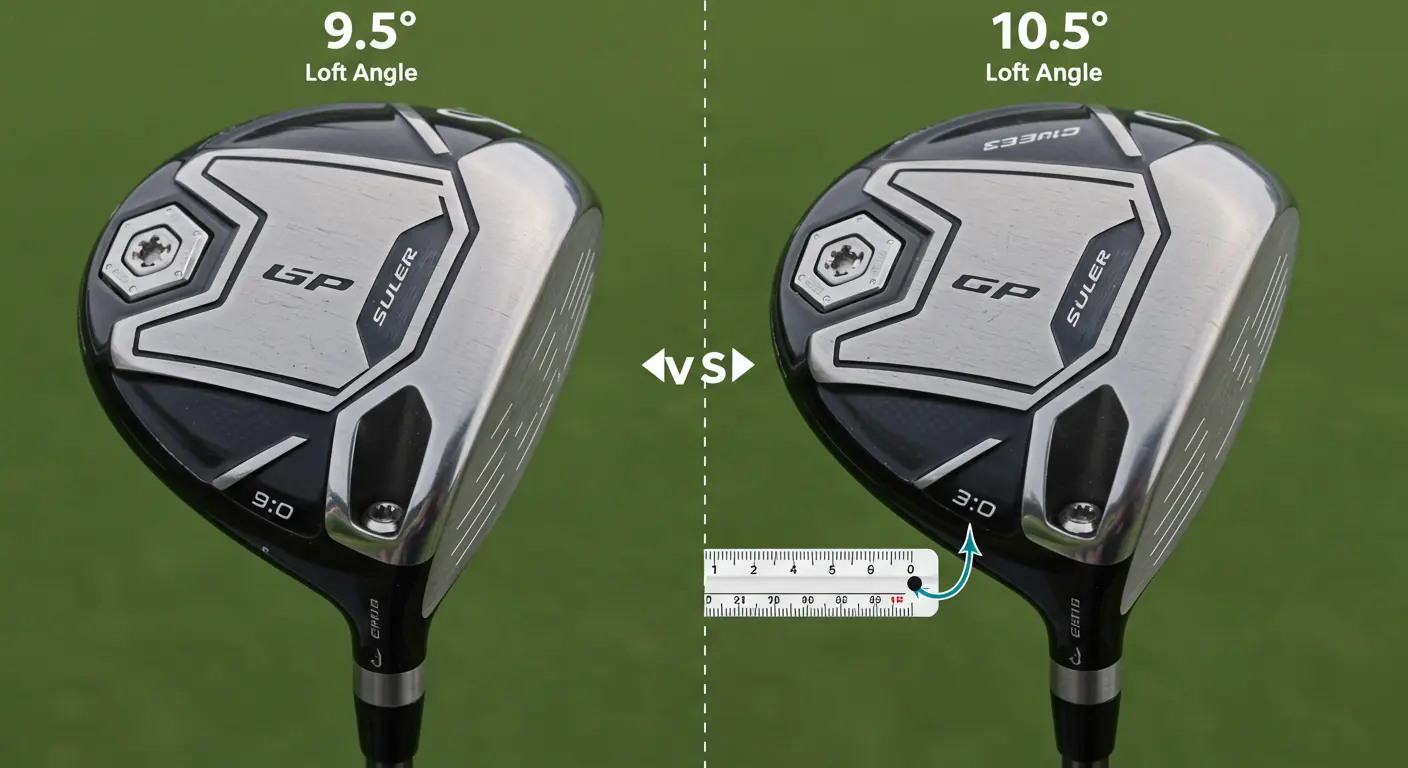
9-Degree Driver: Launches the ball lower, with less spin. It’s great for distance if you have a fast swing. You should hit the ball at an upward angle. This is called a positive angle of attack. But it’s less forgiving, so you need solid control to make it work.
10.5-Degree Driver: Sends the ball higher, with more spin. It’s easier to hit for most golfers, especially if your swing speed is average or you tend to hit down on the ball. It’s more forgiving, meaning it helps keep your shots straighter.
This difference between a 9 and 10.5 driver comes down to how they fit your swing style. Let’s unpack it step by step so you can see which one matches your needs.
How Loft Affects Your Shots
To really get the difference between a 9 and 10.5 driver, we need to look at how loft changes your ball flight. Two big factors come into play: launch angle and spin rate. These are fancy terms, but they’re simple once you break them down.
Launch Angle
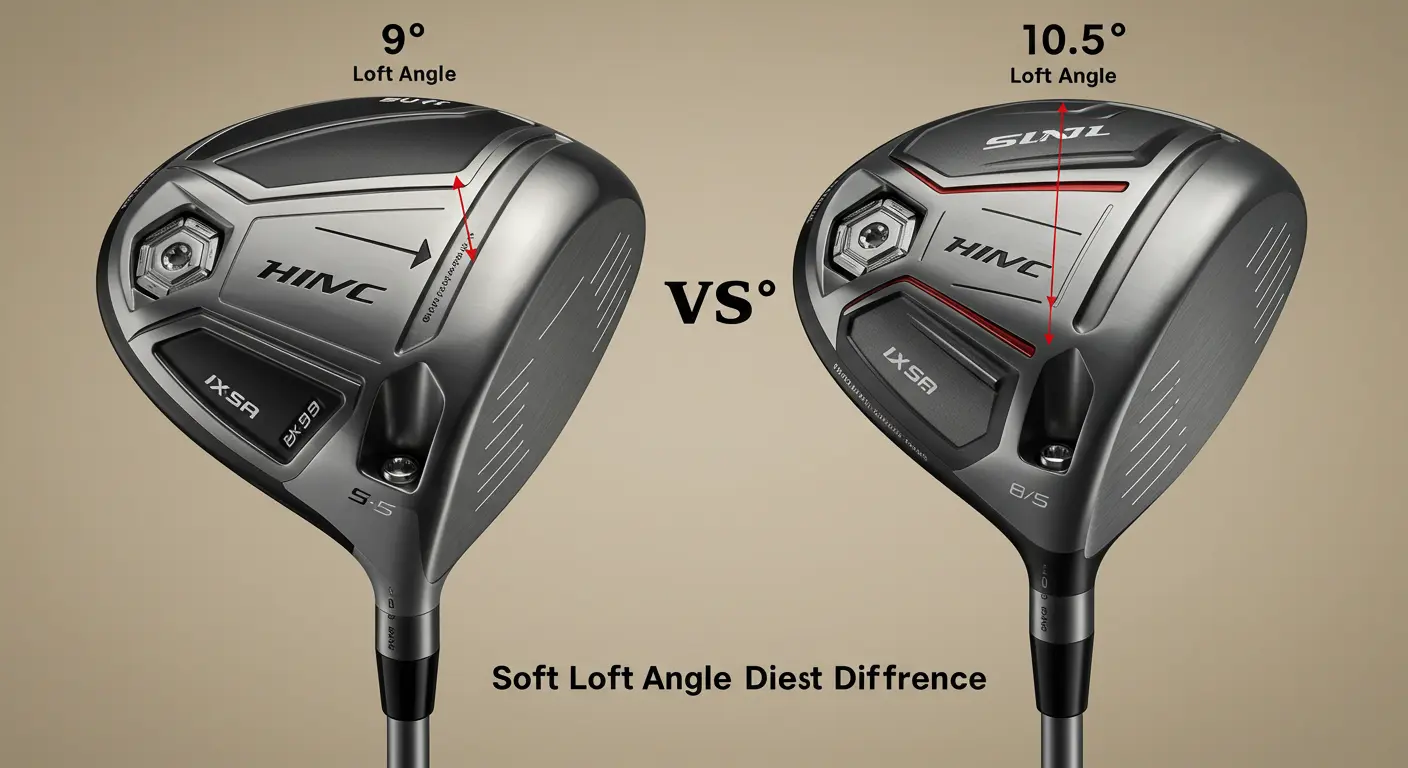
Launch angle is how high the ball takes off after you hit it. A 9-degree driver gives you a lower launch angle—think of a line drive that stays closer to the ground. A 10.5-degree driver boosts that angle, sending the ball higher into the sky. For most golfers, a higher launch angle of 12 to 16 degrees is best for distance. This angle helps the ball stay in the air longer.
Spin Rate
Spin is how much the ball spins as it flies. Too much spin, and the ball climbs too high and loses distance. Too little, and it might not stay in the air long enough. A 9-degree driver cuts down on spin, which is awesome for fast swingers who want the ball to roll out farther. A 10.5-degree driver adds more spin, which helps slower swingers keep the ball aloft and land softer.
The Trade-Off
Here’s the catch: lower loft (9 degrees) can mean more distance if you’ve got the swing speed and technique to handle it. But it’s less forgiving on mishits. Higher loft (10.5 degrees) sacrifices a bit of roll for more carry and straighter shots—perfect for most weekend warriors.
Who Should Use a 9-Degree Driver?
A 9-degree driver isn’t for everyone, but it shines in the right hands. Here’s who it’s best for:
Fast Swing Speeds (105 MPH+)
If your swing speed is above 105 miles per hour, a 9-degree driver could be your ticket to longer drives. Faster swings naturally create more ball speed, so you don’t need as much loft to get the ball airborne. The lower loft keeps spin in check, letting the ball fly far and roll out on the fairway.
Positive Angle of Attack
Do you hit up on the ball at impact? That’s called a positive angle of attack, and it’s a big deal. Golfers who tee the ball high and catch it on the upswing—like many pros—get the most out of a 9-degree driver. It pairs that upward motion with a lower launch angle for a perfect balance of distance and control.
Better Players Seeking Distance
If you’re already hitting fairways consistently and want to squeeze out every last yard, the 9-degree driver might be your match. It’s less forgiving, so it rewards clean, centered strikes. Think of it as a tool for golfers who’ve got their swing dialed in.
My Experience
I tested a 9-degree driver. My swing speed is about 100 MPH. I saw the ball flew lower and rolled farther. It went about 5 extra yards compared to my 10.5 driver. But I had to focus hard to hit it straight. If I didn’t catch it just right, it veered off course. It’s a trade-off: more distance potential, but less room for error.
Who Should Use a 10.5-Degree Driver?
Now let’s talk about the 10.5-degree driver. This one’s a crowd-pleaser, and here’s why:
Average Swing Speeds (Under 95 MPH)
Most golfers—especially beginners and casual players—swing under 95 MPH. If that’s you, a 10.5-degree driver is your best buddy. The extra loft helps lift the ball without needing blazing speed, giving you solid carry distance and a softer landing.
Negative or Neutral Angle of Attack
Do you hit down on the ball or strike it level? That’s a negative or neutral angle of attack, and it’s super common. A 10.5-degree driver adds the loft you need to get the ball up and flying. Without it, a lower-lofted club might leave you with weak, low shots.
Beginners and High Handicappers
If you’re new to golf or still working on consistency, the 10.5-degree driver is more forgiving. It straightens out hooks and slices better than a 9-degree, so you’ll hit more fairways. For most folks shooting over 90, that’s a game-changer.
My Take
When I changed to a 10.5-degree driver, my shots went higher and landed softer. I didn’t gain much distance, but I hit 7 out of 10 fairways instead of 5. For me, that reliability beats a few extra yards any day.
Distance: 9 vs. 10.5 Driver
Let’s get to the nitty-gritty: how far can you hit each one? The difference between a 9 and 10.5 driver in distance isn’t massive, but it’s worth exploring.
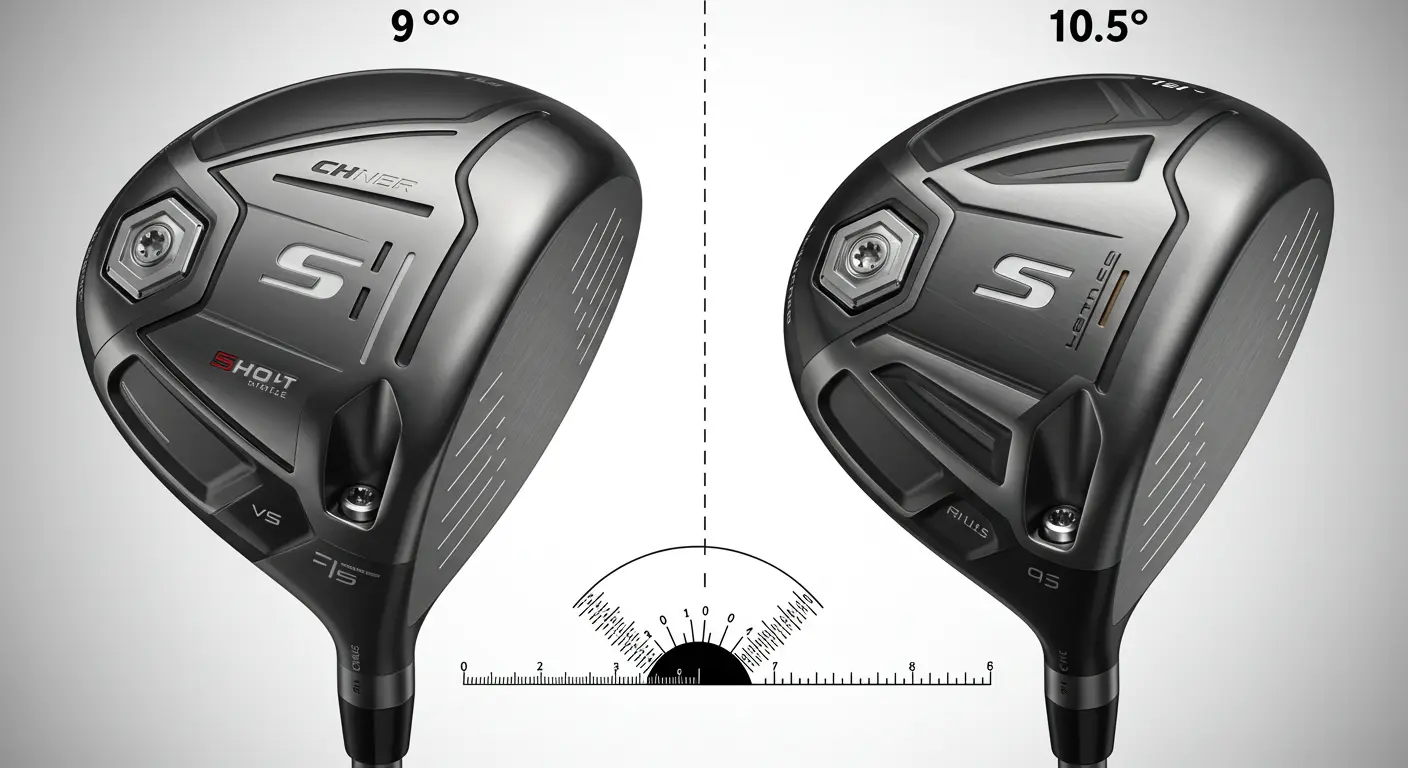
9-Degree Driver Distance
Golfers using a 9-degree driver average around 250-275 yards, depending on swing speed and conditions. The lower launch and reduced spin mean more roll, especially on firm fairways. Better players with fast swings might push it past 300 yards, but for the average golfer, expect closer to 250.
10.5-Degree Driver Distance
With a 10.5-degree driver, the average sits around 220-240 yards. The higher launch gives you more carry, but less roll. Slower swingers might top out at 210, while stronger players could hit 280 on a good day. Mishits don’t punish you as much, so your “bad shot” distance stays decent.
The Verdict
For me, the 9-degree edged out the 10.5 by about 4-5 yards (253 vs. 249). But that’s because my swing speed is decent and I can handle the lower loft. If your swing’s slower, the 10.5 might actually outdistance the 9 by keeping the ball in the air longer.
Accuracy: Which One Hits More Fairways?
Distance is great, but if you’re in the rough, it’s useless. So, how do these drivers stack up for accuracy?
9-Degree Driver Accuracy
The 9-degree driver demands precision. Its lower loft means less spin to correct side-to-side movement, so hooks and slices can exaggerate. In my test, I hit 6 out of 10 fairways, with a dispersion (left-to-right spread) of 75 yards. It’s doable, but you’ve got to be on your game.
10.5-Degree Driver Accuracy
The 10.5-degree driver is the forgiving friend you want on a tough day. More loft and spin help straighten out mishits. I hit 7 out of 10 fairways, with a tighter 60-yard dispersion. For most golfers, that extra forgiveness makes a huge difference.
The Winner
For the average player, the 10.5-degree driver wins on accuracy. It’s easier to hit, and that means more playable shots. If you’re a pro-level ball-striker, the 9-degree might still work—but most of us aren’t there yet!
Swing Speed and Loft: Finding Your Fit
Your swing speed is a huge clue in picking between a 9 and 10.5 driver. Here’s a simple guide:
- Under 95 MPH: Go with 10.5 degrees. You need the loft to maximize carry and keep the ball in play.
- 95-105 MPH: You’re in the middle ground. Test both, but 10.5 is usually safer for consistency.
- Over 105 MPH: Lean toward 9 degrees. Your speed can handle the lower loft for extra distance.
Not sure about your swing speed? Head to a local golf shop with a launch monitor. It’ll tell you exactly where you stand.
Angle of Attack: Why It Matters
Your angle of attack (AoA) is how your clubhead moves through impact—up, down, or level. It’s a big piece of the loft puzzle:
- Positive AoA (+2 to +4 degrees): You hit up on the ball. A 9-degree driver pairs perfectly here, cutting spin and boosting distance.
- Negative AoA (-2 to -4 degrees): You hit down. A 10.5-degree driver lifts the ball better, saving you from low, weak shots.
- Neutral AoA (0 degrees): You’re level. Either loft can work, but 10.5 is more forgiving.
Most amateur golfers have a negative or neutral angle of attack (AoA). This is why drivers with higher lofts, like 10.5 degrees, are very popular.
Do Pros Use These Lofts?
Ever wonder what the pros pick? Some use a 9-degree driver—like Tony Finau, who crushes it with low spin and a positive AoA. Others, like Dustin Johnson, rock a 10.5-degree driver for control and versatility. Even Rory McIlroy adjusts between 9 and 10.5 depending on the course. Point is: pros tweak loft to match their game, and you should too.
Testing It Out: My Experiment
I took both drivers to the range for a head-to-head test. Here’s what I found:
9-Degree Driver: Averaged 253 yards, with a low, piercing flight. Longest shot was 270, shortest was 230. Hit 6 fairways.
10.5-Degree Driver: Averaged 249 yards, with a higher arc. Longest was 265, shortest was 220. Hit 7 fairways.
For me, the 10.5 felt easier to control, even if I gave up a few yards. It’s proof that the “best” loft depends on what you value—distance or consistency.
How to Choose: 9 or 10.5 Driver?
Still torn? Here’s a quick checklist to decide:
1. Check Your Swing Speed: Slower than 95 MPH? Go 10.5. Faster than 105? Try 9.
2. Know Your AoA: Hit down or level? 10.5. Hit up? 9.
3. Set Your Goals: Want max distance? Test the 9. Need forgiveness? Stick with 10.5.
4. Get Fitted: Nothing beats a pro fitting with a launch monitor. It’s the surest way to nail your loft.
Adjusting Loft: A Cool Bonus
Here’s a helpful tip: many modern drivers, like Callaway, TaylorMade, or Ping, let you change the loft. You can adjust it up or down by one or two degrees. So, if you buy a 10.5-degree driver, you could tweak it to 9.5 or 11.5. It’s like having multiple clubs in one. Play around with the settings to fine-tune your ball flight!
The Final Word
What’s the difference between a 9-degree and a 10.5-degree driver? It comes down to three things: launch, spin, and forgiveness. A 9-degree driver is great for players with fast swings and good control—it’s built for distance. On the other hand, a 10.5-degree driver is better for most golfers. It helps you hit the ball higher and straighter, making it easier to play well. For the average golfer, the 10.5-degree is usually the better choice—it’s simpler to use and keeps your shots on target.
Here’s the key: try them out yourself. Take both drivers, hit some balls, and see which one feels better for you. Everyone’s swing is different, so the best driver is the one that suits you. Do you have a favorite loft? Let me know in the comments—I’m curious to hear what works for you!
Enjoy your golf game! May your shots go far and your path to the hole be smooth and clear!

